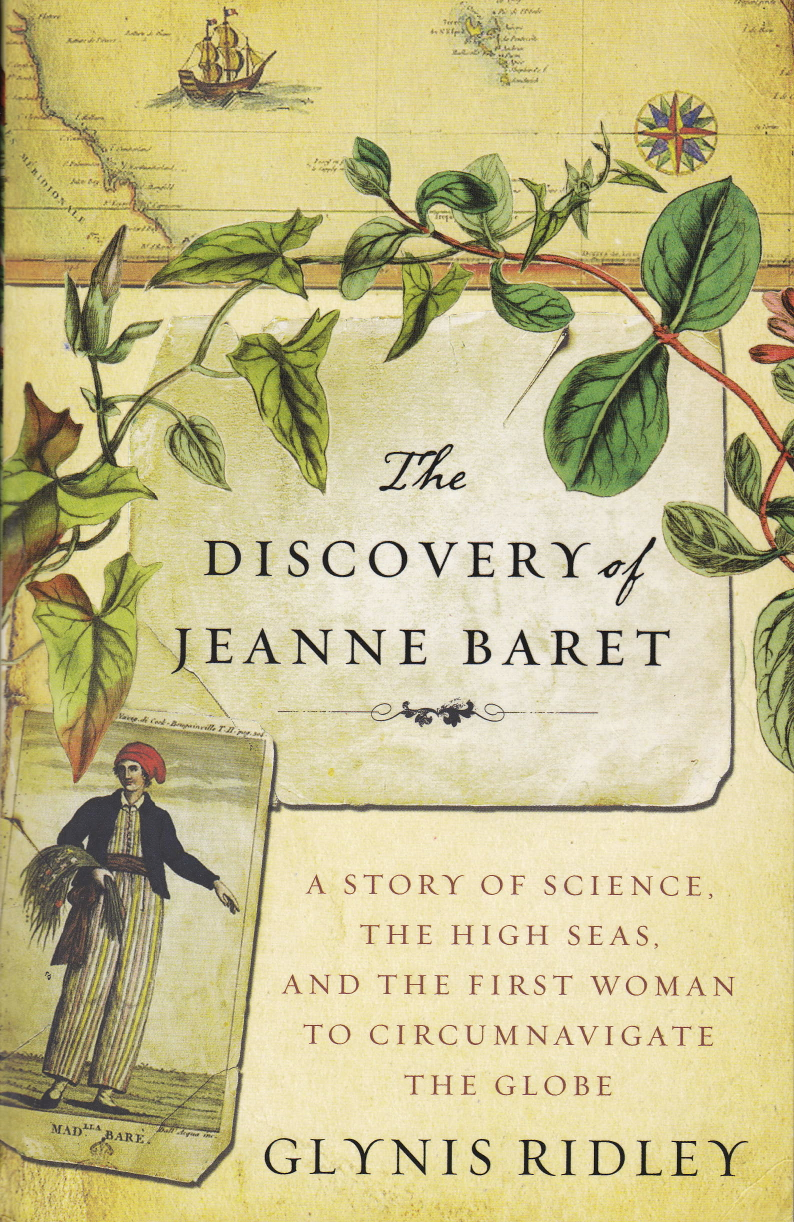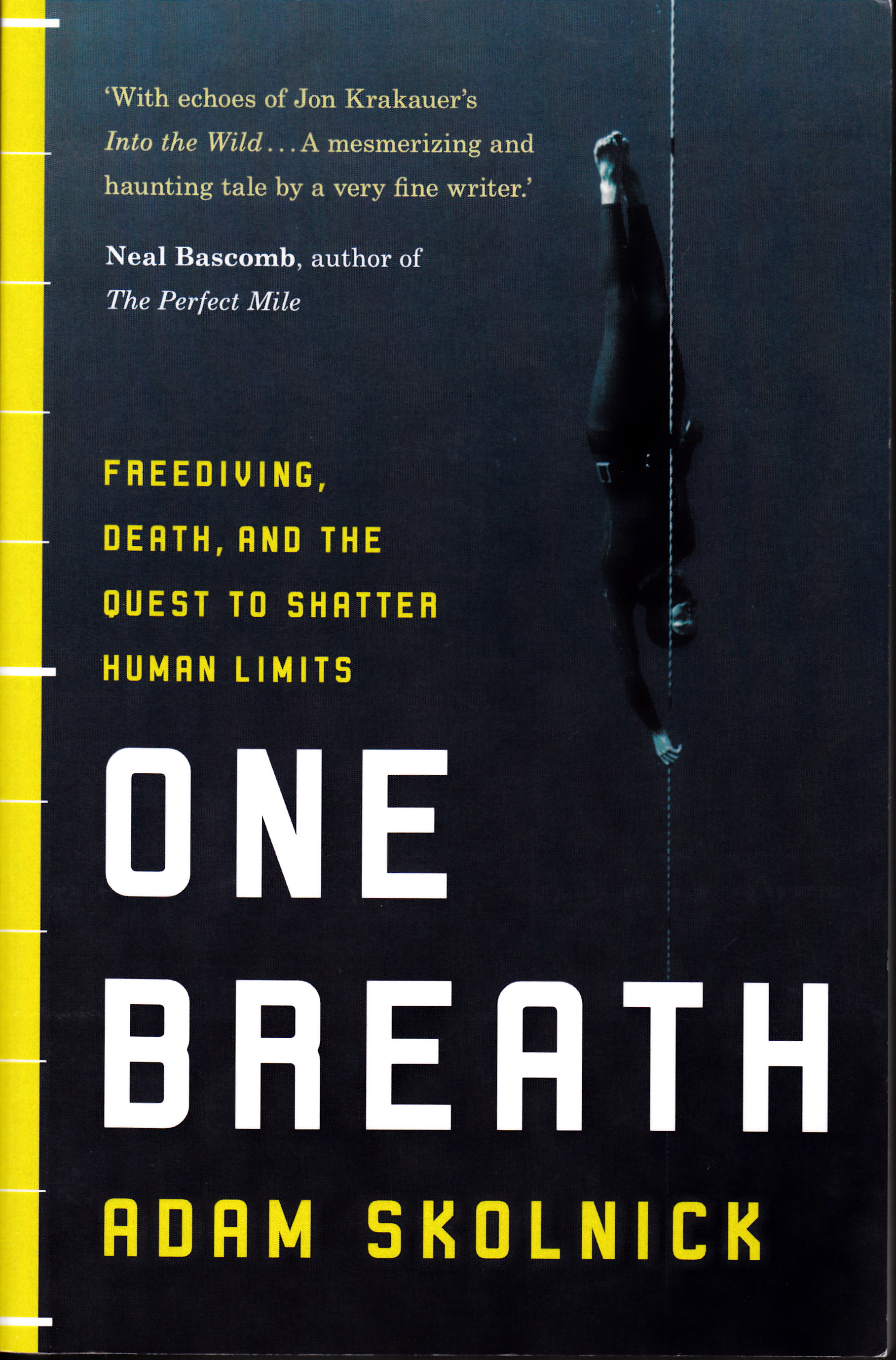First woman to circumnavigate
The lost history of women is a rich seam. As the feminists of the 1960s and 1970s pointed out (as did suffragettes and every women’s movement before that) the history of women is often effaced, destroyed or just plain forgotten.
So it’s no surprise that women who accomplished the kinds of deeds that made men famous are sometimes under-represented in biographies and awaiting an intrepid chronicler. Which is not to say that Jeanne Baret (or Barret, Baré or Bonnefoy as she was variously called) has been completely ignored. She was the subject of John Dunmore’s Monsieur Baret: First Woman Around the World (Heritage Press, 2002) and was included in Londa Schiebinger’s Plants and Empire: Colonial Bioprospecting in the Atlantic World, (Harvard University Press 2004). In spite of that, few people have heard of her and Glynis Ridley’s book is probably the first to try to bring the extraordinary story of Baret’s voyage on the Louis-Antoine de Bougainville expedition of 1766-69 to a broad audience.
Baret was born to peasant parents in Autun in the Loire Valley in 1740. Just over two decades later, the young Jeanne had met the botanist Philibert Commerson, a difficult but talented man who had already found favour with those who prized plants and those who would finance their collection in the new world. Commerson was married when they met and the circumstances under which Baret moved with him to Paris after his wife’s death are not entirely clear. She appears to have been employed as a housekeeper but she was pregnant and Ridley supposes Commerson to have been the father.
Ridley’s theory is that Baret was a herb woman with an intimate knowledge of the medicinal qualities of plants and that Commerson wanted to learn from her. She offers no direct proof of this but believes that a notebook which supports this idea, found amongst Commerson’s papers, is Baret’s.
Whatever the intimacy of their relationship, Baret’s child was left at a home for foundlings and when Commerson embarked as botanist on the de Bougainville expedition, he was accompanied by an assistant – Baret, dressed as a man.
Within a short time there were questions. The complications of the deception and the eventual revelation that Baret was a woman are pieced together by Ridley, using the various accounts that survive from the voyage. There seems to be no account by Baret herself and Ridley fills gaps and imagines thoughts, feelings and actions.
In Ridley’s version, Baret is a dedicated and thorough botanist who takes on the tasks of carrying and, frequently, collecting the botanical specimens as the expedition travelled to South America and then through the Pacific and Indian oceans. Commerson suffered from a recurring complication from a dog bite and so it was Baret, says Ridley, who collected the showy vine named for de Bougainville (bougainvillea) in Brazil.
She accomplished her tasks in spite of the continuous risk of being a lone woman amongst a suspicious and potentially dangerous crew. Ridley believes she was raped on the voyage and when Commerson died in Mauritius she was without his partial protection and a long way from home.
The records relating to Baret are sparse: a birth certificate, a certificate of pregnancy, several accounts of the woman pretending to be a man in the journals of fellow voyagers, a marriage certificate and, tellingly, a pension paid to her later by the French government. Ridley weaves in the politics and perceptions of the era, as well as interesting corroborative evidence to support her views.
Ridley’s deductions are often written as though they are established fact and though this makes for a smoother narrative, a discerning reader will probably find it presumptuous if not annoying. Be prepared, also, for American spelling and measures.
That said, Ridley’s conclusions are often lucid and perceptive. Her discussion of the dilemma Baret posed for de Bougainville and the reasons why several others contradict his account is an intriguing example, particularly in the light of Commerson and Baret leaving the expedition at Mauritius, and Baret’s pension.
Baret might have been only one of many thousands of people to have sailed around the world in the 18th century but for a woman, particularly of her social station, to have made the voyage and become the first known female to circumnavigate is history we should not forget.
This review first appeared in The Sydney Morning Herald 16-17 April 2011. © Jennifer Moran 2011

… there is nothing - absolutely nothing - half so much worth doing as simply messing about in boats.
- Ratty to Mole in The Wind in the Willows by Kenneth Grahame




